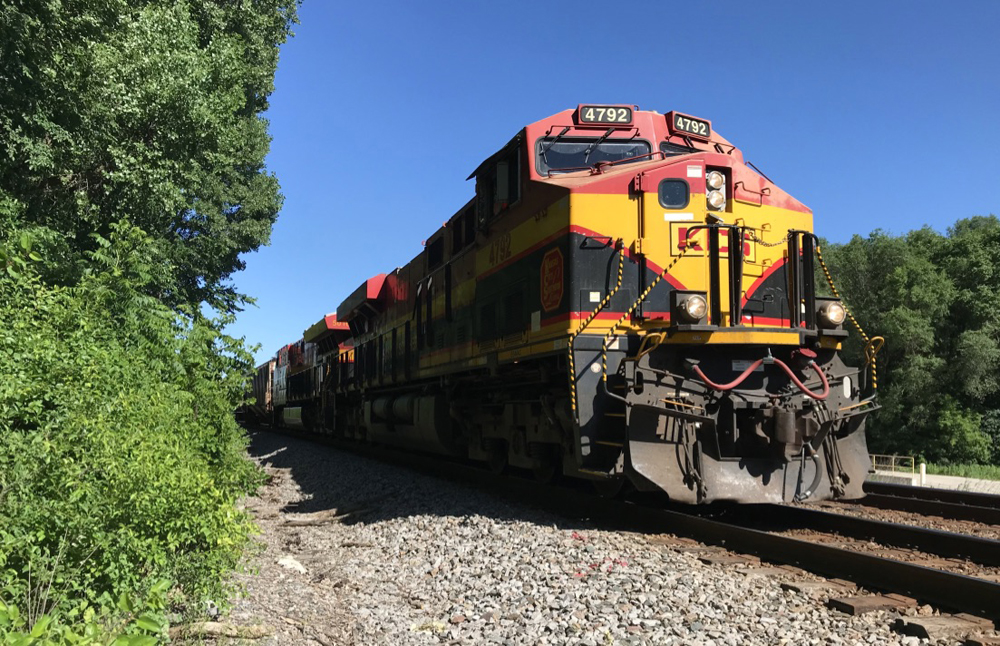
WASHINGTON — Canadian Pacific and Kansas City Southern — responding to critics, skeptics, and opponents — told federal regulators this week that their proposed merger is in the public interest and should be approved.
The railroads, in a three-volume, 4,374-page filing, argued that the first merger of Class I railroads in two decades should sail through the regulatory process without conditions being imposed, aside from commitments they have already made to shippers, communities, and other railroads.
Their $31 billion deal to create the first railroad linking Canada, the U.S., and Mexico has the support of shippers, rail labor, shortline railroads, CP and KCS told the Surface Transportation Board. Amtrak is on board, and the Federal Railroad Administration has approved the railroads’ safety plans.
“For an industry characterized by shippers alienated and embittered by railroad performance, the lack of any meaningful shipper opposition, to me, speaks volumes,” CP CEO Keith Creel wrote. “The many hundreds of shippers who have supported the Transaction recognize it for what it is — a once-in-a-lifetime opportunity to make competition stronger without the need for new regulation. CPKC will be a catalyst for a more competitive rail industry, with more capacity to serve shipper needs, and a commitment to bring a customer-first mindset to the marketplace.”
“What opposition there is comes principally from the five Class I railroads,” CP and KCS said in their filing. “The protection these Class I railroads seek is itself evidence that they see the CP/KCS Transaction as injecting new competition into the North American rail network.”
BNSF Railway, Canadian National, CSX Transportation, Norfolk Southern, and Union Pacific have raised concerns that Canadian Pacific Kansas City would squeeze them out at key gateways, particularly the Mexico border crossing at Laredo, Texas.
CP and KCS have pledged to keep all interchanges open as they are today, and say their combination will increase competition, take trucks off the highway, and promote trade. The railroads called the other Class I railroads’ requests for conditions self-serving efforts to protect themselves from change. “The Board should reject their efforts,” CP and KCS wrote, saying that they are an abuse of the merger process.
Competitors’ requests ‘don’t meet legal standards’
The other railroads’ requests for conditions, CP and KCS said, don’t meet legal standards under the STB’s pre-2001 merger rules and are unjustified. And CN’s request that CPKC be forced to divest KCS’s former Gateway Western routes linking Springfield, Ill., with Kansas City and St. Louis would be unprecedented, CP and KCS said. CN says creating a new single-line route from Kansas City to Chicago, Detroit, and Eastern Canada would enable it to take 80,000 trucks off the road annually.
“There is no competitive reason for why such a drastic remedy is necessary, especially since divestiture of a line in the merger context has never been ordered, at least not since the Staggers Act,” CP and KCS said. “That line is not an active parallel route.”
Creel said a divestiture to CN would dismember KCS. “I understand why CN might be unhappy that CP prevailed in our effort to acquire KCS,” he wrote. “CN’s effort to force a divestiture of KCS’s Kansas City-Springfield/St. Louis line strikes me as a sour-grapes response aimed at undermining CPKC’s future while simultaneously achieving a partial acquisition of KCS that CN could not accomplish in the marketplace.”
Creel also said the former Gateway Western lines wouldn’t be competitive with other routes. “During my time in CN’s operating department, I never thought of CN’s connection with KCS at Springfield as creating a through route for any traffic, much less one that was competitive with the UP and BNSF single-line routes between these cities, or with NS’s single-line route between Kansas City and Detroit,” he wrote.
Nonetheless, Creel said he has discussed with CN CEO Tracy Robinson CP’s willingness to consider jointly investing in the Springfield-Kansas City route if it could actually shift more trucks from highway to rail.
Operational concerns unfounded, filing argues
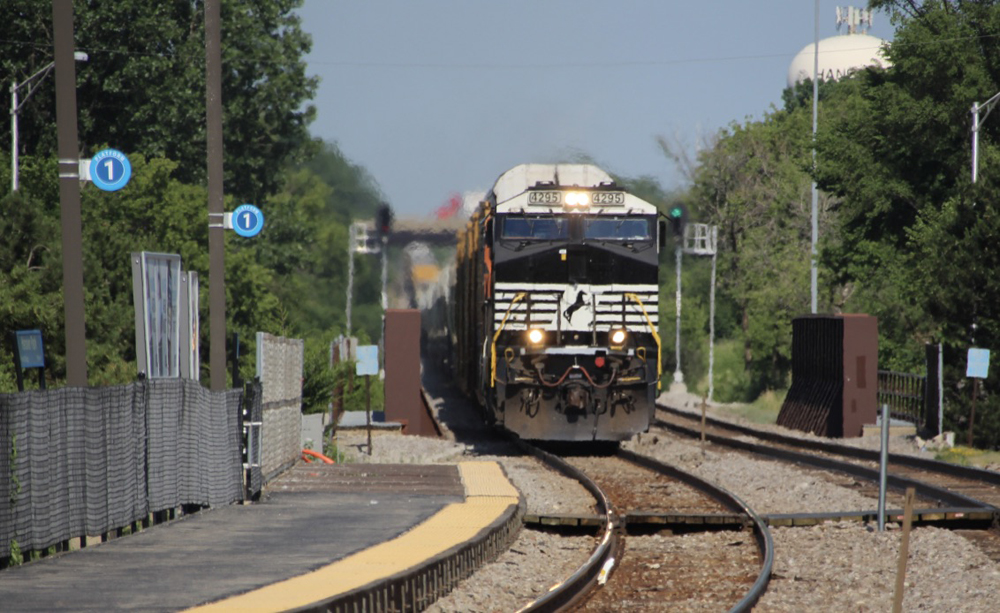
Operationally, CP and KCS pledged their merger would unfold without disruption and that traffic growth won’t cause congestion, particularly in Texas. The railroads said the addition of CPKC traffic growth wouldn’t push Houston or Beaumont train counts above peak levels of 2016, when both terminals functioned smoothly.
BNSF and UP have asked the board to require CPKC to fund and build new capacity on its trackage rights routes in the Lone Star State before adding new traffic. CP and KCS say that isn’t necessary.
“Such a condition has never before been imposed in any merger, and it ignores the many existing trackage-rights provisions that already govern when, how, and who pays for capacity required by increased traffic volumes on the shared lines,” CP and KCS wrote.
CP and KCS also said their merger would not harm Metra commuter service in the Chicago area. The only place where daily train counts will increase is on the Milwaukee District West line, which has the capacity to handle the additional eight trains per day, CP and KCS say, citing new traffic modeling.
The railroads also said NIMBY opposition in the Chicago area was “outrageous.”
“The Coalition to Stop CPKC’s demand for more than nine billion dollars in infrastructure investments to address the addition of only eight additional freight to lines that daily host upwards of 70 total trains (including Metra passenger trains), and have historically hosted more freight trains than CPKC will operate, is particularly egregious,” the railroads told the board. “They are happy to have CPKC’s anticipated freight traffic foisted on other communities but not in their backyards.”






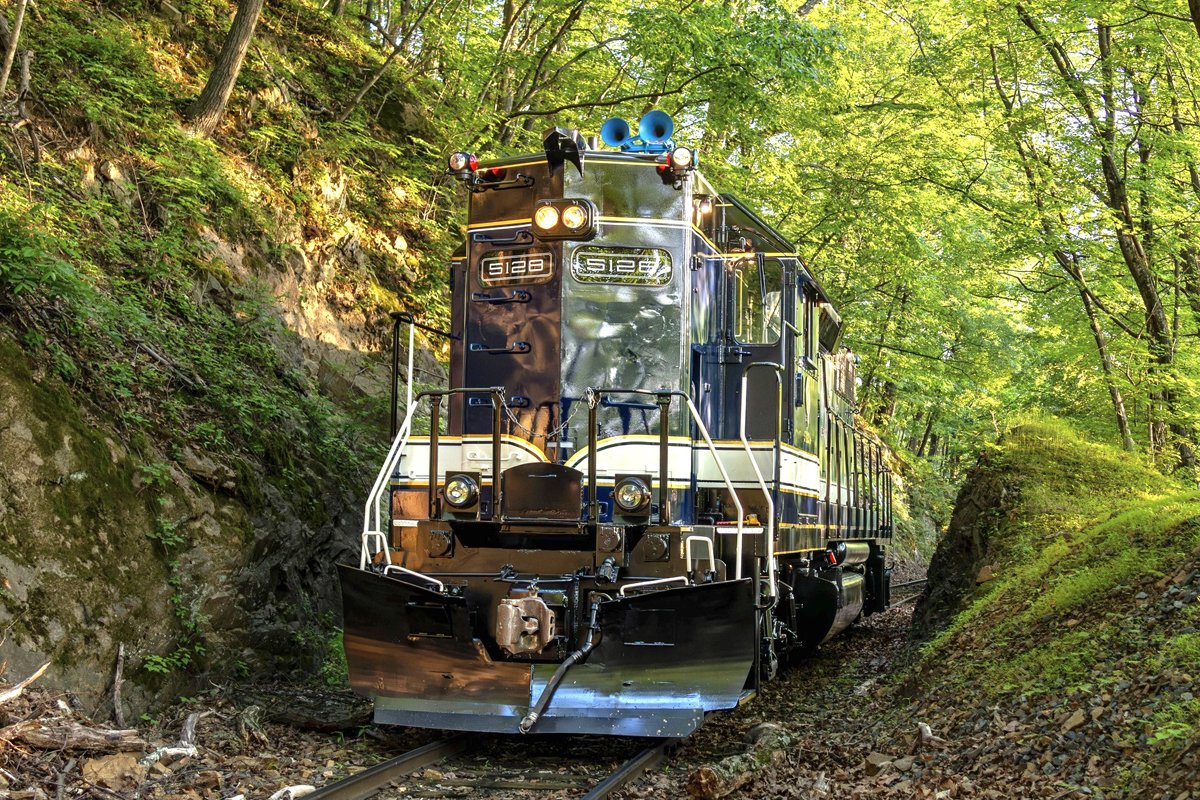
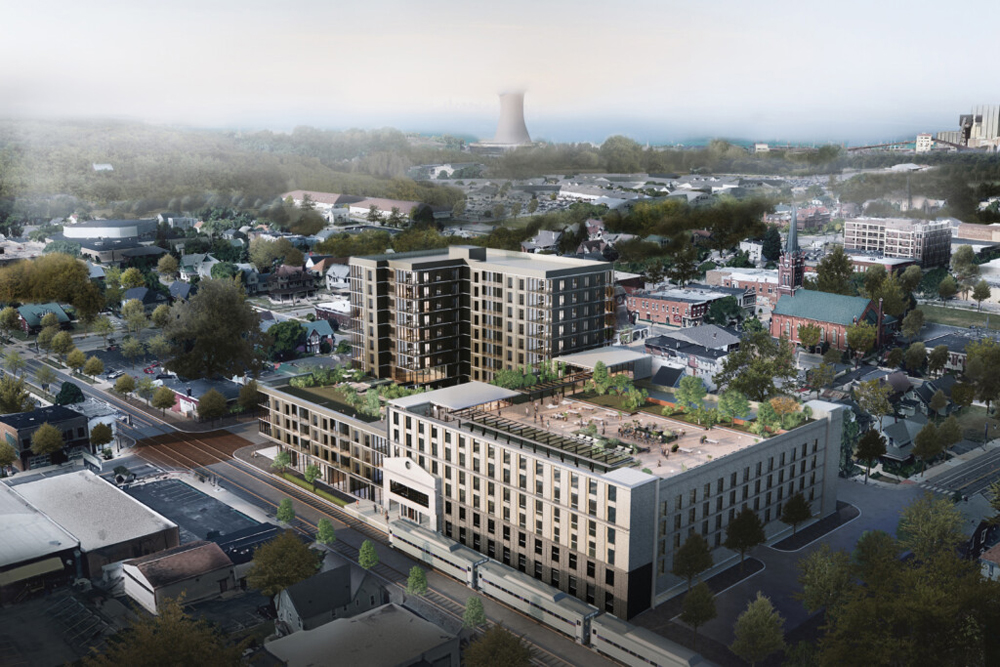
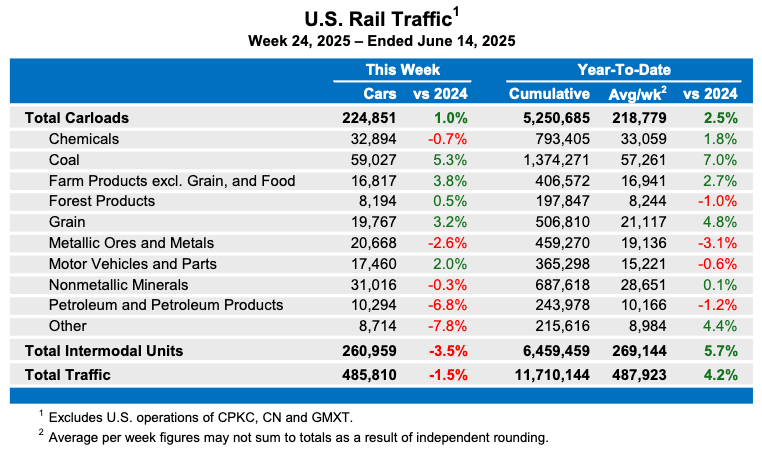
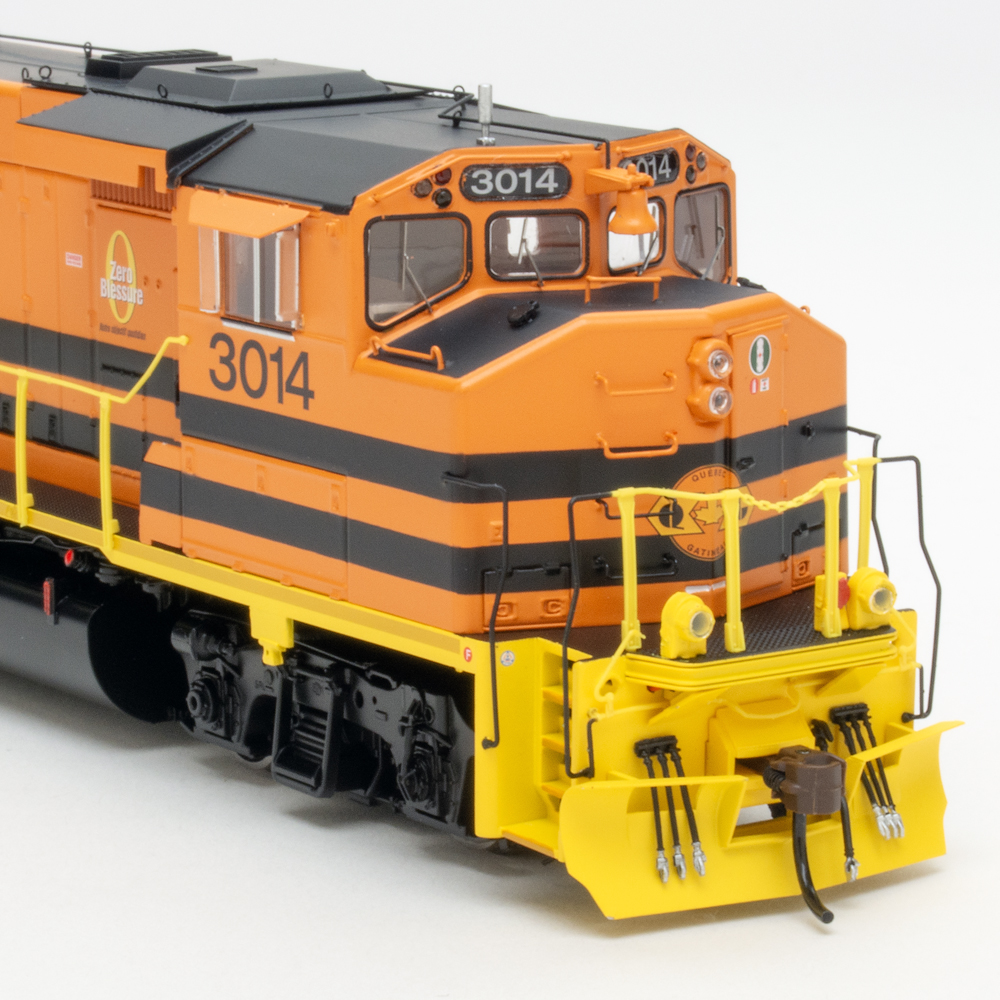




As its core, this groundbreaking tender between CP and KCS seems more and more a strong and realistic story about improving supply chains, creating jobs, and converting shipments to a more environmentally friendly method of transport, it also arouses more and more concern and objection on five key Class I U.S. railroads’ fronts.
This is a complex situation that only the skilful and experienced STB will be able to solve properly.
On the other hand, the determined and impatient CP anticipates that a ruling from the STB will come by early 2023 at the latest.
Let’s wait and see the developments!
Dr. Güntürk Üstün
Might CN be thinking there is a backhaul play of containers filled with grain to Halifax for export? Halifax is, of course, the closest rail-served port to Europe, the Strait of Gibraltar, North Africa and ultimately 1.4 billion people in India.
That’s ok James, I knew the sub structure (metal components) were also made in Ontario, we supplied the steel. Then we’re shipped somewhere.
The supply chain is a when it runs smoothly.
The supply chain is wonderful …….when it runs smoothly
Allow me to properly educate you Mr. Salisbury since I actually worked for Santa Fe for six years. The train carried various parts include seats for the Crown Victoria. Santa Fe actually acquired soft sided trailers with roll up flaps at Ford’s request to facilitate loading and unloading.
No need to be sarcastic, I too worked for over 40 years at a major supplier to Saint Thomas plant, so I happen to know what and how material was delivered.
I asked a simple question wondering about what components would take up a complete intermodal train when a lot of components were sourced locally and within a 200 mile road trip.
Then please accept my apologies. As I recall Ford sourced the seat components in Canada (Ontario) and shipped these components south to the Mexican state of Chihuahua for assembly. The finished seats were then basically shrink wrapped in Mexico for transport north and put into racks in the trailers at the Mexican origin. Great piece of industrial engineering and supply chain management by Ford but the assembled seats were quite bulky and need a lot of trailers for transport. As I recall the train ran every other day in each direction.
One more thing. According to TRAINS Magazine BNSF and Norfolk Southern are now the two largest intermodal railroads by volume in the rail industry. Both have excellent (existing) main line routes connecting KC with both Chicago and Detroit. Both would make excellent marketing and operating partners with CN if the gang in Montreal was really serious here and not just blowing smoke. Back in the day Santa Fe ran through intermodal trains between El Paso and St. Thomas, Ontario with CN for the Ford Motor Company (parts for the Crown Victoria sedan). And has anyone bothered to ask our friends at JB Hunt for an opinion???
“Back in the day Santa Fe ran through intermodal trains between El Paso and St. Thomas, Ontario with CN for the Ford Motor Company (parts for the Crown Victoria sedan)”
Not sure about this;
Body panels from Buffalo
Transmissions from metro Detroit
Engines from Windsor or Cleveland
Frames and wheels locally
Can’t understand what would justify a intermodal train between El Paso and St. Thomas, maybe a car or two with bits but nothing large.
Reality check for the silly nitwits at CN. Chicago to KC is only 400-miles in length. Plenty of trucks on the highway but a short-haul lane that railroads have never chosen or been able to compete in profitably. NS already provides excellent medium to longer haul single line service from the east to KC via former Wabash route. And would someone please inform the morons at CN there is already an outstanding Class I railroad operating between Chicago and Kansas City. It is now called BNSF but once was called the Atchison Topeka & Santa Fe. It was originally laid out more than 100 years ago by the legendary William Barstow Strong and remains one of the finest pieces of high-speed freight railroad anywhere in the world.
The merger is NOT to improve the railroad, its to improve the power of the C suite. Big boss wants more so we have to grow the company he heads.
Doncha just love “take 80,000 trucks off the highway”? First of all they have no way to prove it. 2nd, the railroads continue to lose customers. Where is that lost business going——————–yep, the highway. There still is no dying reason for CP and KCS to merge. They can simply co-operate with each other on traffic at K. C.
No need for the millions of dollars going to the lawyers in a merger.. Dumb, dumb, dumb.
You’re wrong, there is a reason to merge that trumps cooperation…and that’s interline service. It’s a simple fact that a single carrier from point A to point B is more efficient than 2 or 3 carriers between the same points, no matter how much cooperation is involved.
CN’s CEO Tracy Robinson worked at CP for almost 30 years, before Trans Canada Energy, before CN.
Just maybe Mr. Creel and Ms. Robinson can see through a lot of the bs and nimby’s to see what can be a good thing for competitors to work together, much like they already do in the Fraser Canyon, both parties win. This cooperation happened during Ms Robinson’s time at CP.
Needs to happen more, we all win.
Glad Creel stood up to the other class 1 and the nimby’s. They seem to want everything under the sun handed to them when they can’t even get there own house in order. But they sure play the cry me a river part.
“CeePeeKayCee” Should be allowed, even fast-tracked. Creel is a smart cookie, one step ahead of the other C1 CEO’s
“Nonetheless, Creel said he has discussed with CN CEO Tracy Robinson CP’s willingness to consider jointly investing in the Springfield-Kansas City route if it could actually shift more trucks from highway to rail.”
After the bad blood CN has foisted on CP, Creel clearly isn’t taking it personally. But proposing a JV with CN is really to smoke out their intentions. Good move by Creel. He has been watching a lot of episodes of Shark Tank lately.